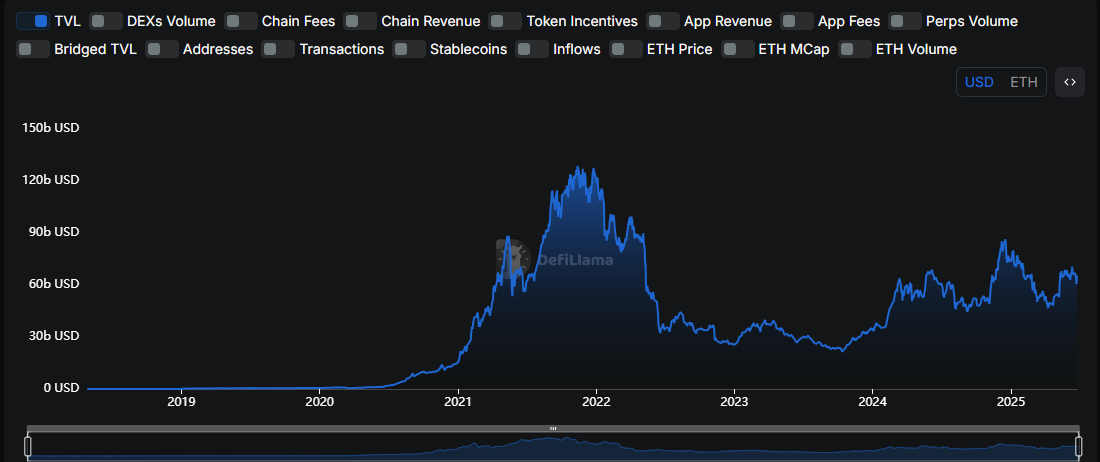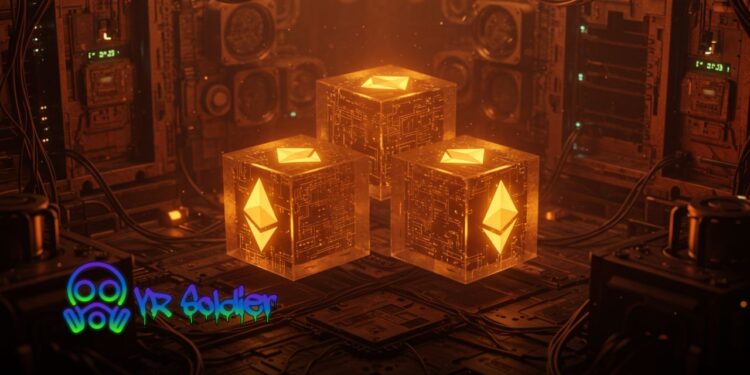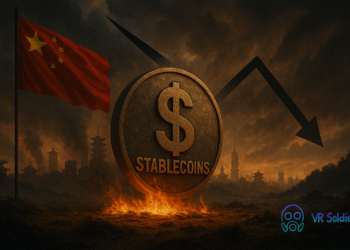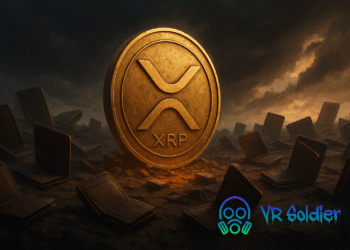introduction
Ethereum may soon get a serious turbo boost. Developers are floating a proposal to chop block slot times in half, from 12 seconds to just 6. That means transactions could get confirmed twice as fast without increasing the network’s total output. Sounds like a minor detail, right? Well, not really. This simple timing change could ripple through the entire Ethereum ecosystem, from DeFi to rollups, from fees to user experience.
As part of the upcoming “Glamsterdam” upgrade (yes, that’s the real name), this change is wrapped into EIP-7782. And if it goes live, it could mark one of Ethereum’s biggest under-the-hood upgrades since the Merge. But is faster always better? Let’s dig in.
Faster Blocks, Same Gas: Why That Matters For Ethereum
The beauty of this proposal is that it doesn’t ask the network to do more, it just asks it to do things more often. Reducing slot time from 12 seconds to 6 means Ethereum would still process the same number of transactions per hour, but the blocks would arrive faster.
Now here’s the fun part: shorter wait times for transactions means users wouldn’t need to overpay on gas just to squeeze into the next block. If blocks are popping up more frequently, it’s easier to get confirmed, without the stress or the fees. That could stabilize gas costs across the board, making Ethereum not just faster, but cheaper in a sneaky-smart way.
For developers building dApps, and users navigating DeFi protocols, that added reliability could be a game-changer. Your Uniswap swaps, NFT mints, or lending activities might all feel just a little… smoother

Could This Be DeFi’s Secret Weapon?
Speed matters in decentralized finance, especially when you’re trying to snipe a good price or avoid slippage. With the current 12-second block time, a volatile token could moon (or crash) before your trade clears. By the time your transaction lands, you could be toast.
Cutting that in half improves reactivity. Faster confirmations = quicker feedback loops = better execution. Traders love it. Bots will love it more. And all of this could bring deeper liquidity and higher activity back into Ethereum’s DeFi scene.
This change won’t magically 10x Ethereum’s scalability, but it could supercharge its usability. And in today’s multichain world, that matters.
Why This Isn’t Just a Nerdy Ethereum Upgrade
It’s tempting to view changes like EIP-7782 as technical tweaks only developers should care about. But this is a foundational shift in how Ethereum behaves. Shorter slot times mean fewer delays, less gas pain, and tighter pricing. That translates into real-world advantages across DeFi, staking, and user experience.
Combine that with the broader 2025 roadmap, including Glamsterdam’s other upgrades, and Ethereum is quietly positioning itself for its next era. It’s not just about keeping up with Solana and other high-speed rivals anymore, it’s about evolving on its own terms.
Looking Ahead: Ethereum Quiet Evolution Could Get Loud
While the headlines may not scream “breaking news,” this change could set off a series of positive reactions in Ethereum’s ecosystem. Whether it’s better pricing, stronger UX, or simply fewer angry MetaMask users, speed matters. And Ethereum’s betting that 6-second blocks are the sweet spot between power and precision.
Buckle up, because faster blocks might just unlock a whole new layer of Ethereum’s potential.












